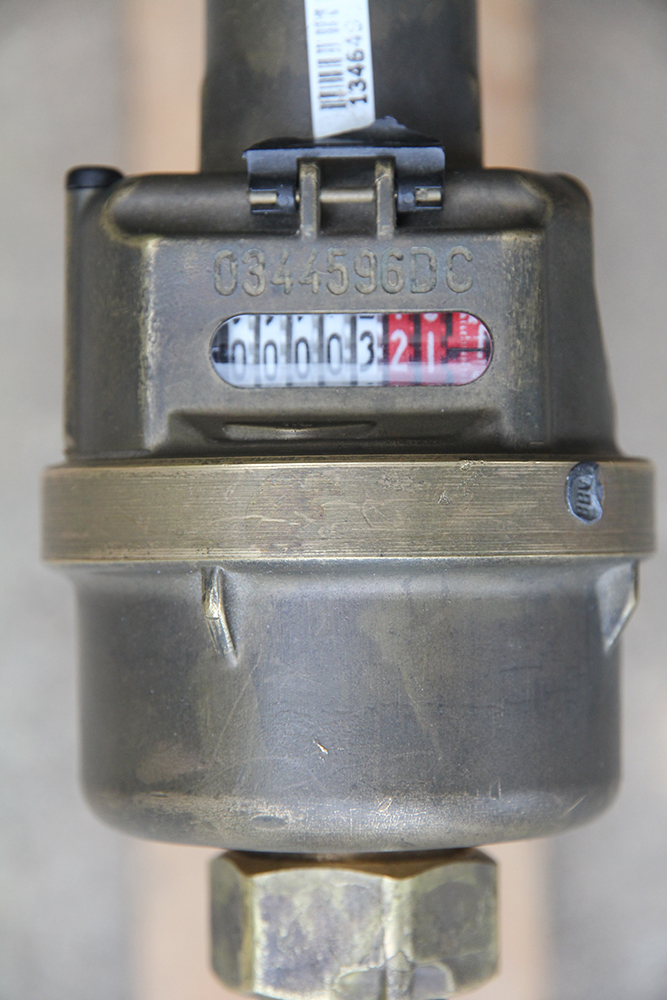If your daily water usage is higher than you expect it to be, follow the steps below to check whether you have a leak.
Looking after your internal plumbing will help minimise any leaks. Common leaks can be found from
• Dripping taps, including washing machine and dishwasher connections.
• Your toilet or cistern
• Outdoors - garden taps, hoses, watering systems, and swimming pools.
• Appliances including solar panels, hot water and air conditioners.
If you spot a leak, getting it fixed straight away can save you water and money!
Some leaks are hard to spot. Checking your water meter can confirm if your plumbing is leak free. Follow the steps below to check for leaks.
Confirm whether you have a leak or not

-
Turn off all water inside and outside (including evaporative coolers and washing machines).
-
Write down the black and red numbers on your water meter (or take a photo).
-
Don't turn any water back on for 1 hour (including flushing the toilet).
-
After this time, write down the black and red numbers again.
-
If the numbers have changed, there may be a leak. Go to step 2 below.
-
If they haven't changed, there's no leak, but you may want to find out why your property is using so much water.
-
If you have a leak, you should get it fixed as soon as possible.
Detectable leaks
Detectable leaks are leaks that are visible. You should be able to find these leaks in your home when they occur.
- Look for dripping taps, including washing machine and dishwasher connections.
- Check your toilet for leaks using one of the methods below.
|
Food Colouring method |
Toilet paper method |
- Look outdoors for leaks on garden taps, hoses, watering systems, and swimming pools.
- Check appliances including solar panels, hot water and air conditioners.
It's your responsibility to fix leaks in your plumbing. Contact a licensed plumber if you need help.
Undetectable leaks
If your meter indicates you have a leak but you can’t find where the water is going contact a licensed plumber to locate and repair it.
If the plumber confirms that you weren't reasonably able to locate the leak yourself, you may be eligible for a rebate on the cost of repair. Refer to Undetected leaks.
Digital Meters
If your meter has a datalogger installed on the meter you will still be able to access your meter to manually check for leaks.
The digital metering program is primarily used for billing purposes. However, we have been able to identify abnormal water usage and notify customers of a potential leak. While this is very helpful to our customers it does not find all leaks.
Customers are required to maintain their own internal plumbing, this includes looking for leaks and repairing any damage to your plumbing.
Find out more about our Digital Metering Program.
